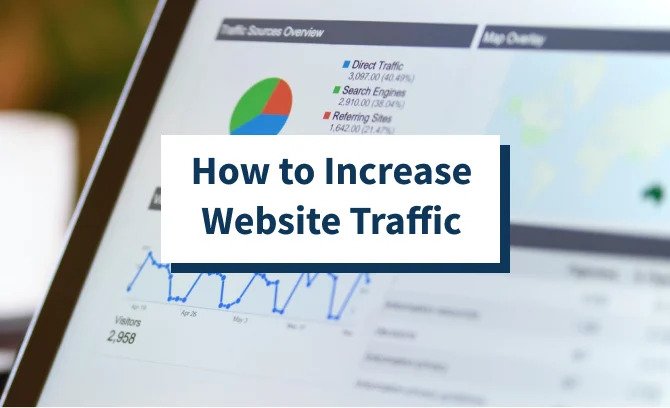Category: SEO
-

Initiative Q – Jumping Out of Tencent’s Ecosystem
“Q coins,” the digital currency developed by Tencent, are escaping from Tencent’s systems, sparking regulatory scrutiny and widespread acceptance among netizens. The “general equivalent” status of the coins has also been questioned. The “Q coins” first started jumping out of Tencent’s ecology during the time it was developing the Tencent Expressway. Despite regulatory scrutiny, however,…
-

3 Reasons Why You Must Invest In SEO Company
Perth is Australia’s sunniest capital city, where dozens of tourist attractions make it refreshingly laid-back and excitingly vibrant for travelers. But more than that, Perth is diverse and multicultural, which would welcome you and your brand with open arms—no matter how big or small your business is. However, what makes Perth exciting for businesses is…
-

How to Outsource SEO
Businesses spent $47.5 billion on SEO products and services in 2020 alone. Spending remains high as companies realize the importance of search engine optimization for brand awareness, more website traffic, and increased revenue. If all of that sounds good to you, you’ve probably looked into improving your SEO marketing strategy. But what if you don’t…
-

Free Ways To Boost Internet Site Web Traffic From Google
There are a couple of totally free ways you can make use of Google to increase website traffic. 1. Enhance your complimentary Google Business Profile Did you understand that an optimized Google company listing gets 7x extra sees than an insufficient one? Do not neglect that you’re listing web links to your website, so this…
-

How To Improve Your Search Engine Optimization With Five Incredible Strategies
In the modern-day, search engine optimization has become a topic of daily discussion with businesses transitioning to digital marketing. This is because most consumers are always using search engines, including Google, Firefox, and Opera, among others, when searching for products or services they could buy. Therefore, investing so much in SEO can be a huge…
-

San Antonio Web Design: What Is A Landing Page?
The landing page of your website is basically the contact that you have between the people visiting your website and your website itself and this is considered the first point of entry of these new potential customers to your company website. When you work with a trusted web design company near San Antonio, TX, you…
-

11 Best SEO Keyword Research Tools 2022| Reasonable and in Cheap Price
Here you will find out about the best SEO keyword research tools onlyfinders of 2022, mentioned tools are quite affordable and sensible. The purpose of these best tools is to track or create the best keywords baddie hub for your articles and blogs. You must utilize these to rank your content in the top ten best SEO…
-

Optimizing Your Content: The No-Fuss Guide To Search Intent
Have you heard of the anti-advertising movement? Communities are beginning to notice the negative impact that outdoor advertising has. Giant billboards and ad-packed bus stops are becoming unnecessary eyes sores. If you want your company to thrive, the answer isn’t to put up more flyers. Modern business owners understand that the true path to success…
-

9 Benefits Of Hiring An SEO Writer
Did you know that the average internet user spends more than 25% of their life on the web? If you run a business, you know the importance of digital marketing so you can reach those users. While small business owners often start with social media marketing, you can’t underestimate the importance of SEO on your…
-

4 Key Tips To Craft A Hit Blog That Could Help You Expand Your Audience
If you’re currently trying to get your blog off the ground, you may be looking for simple ways to expand your audience. Besides having great content, having a strong readership base is one of the indispensable elements of maintaining a successful blog in the long term. Although a hit blog may not occur overnight, if…